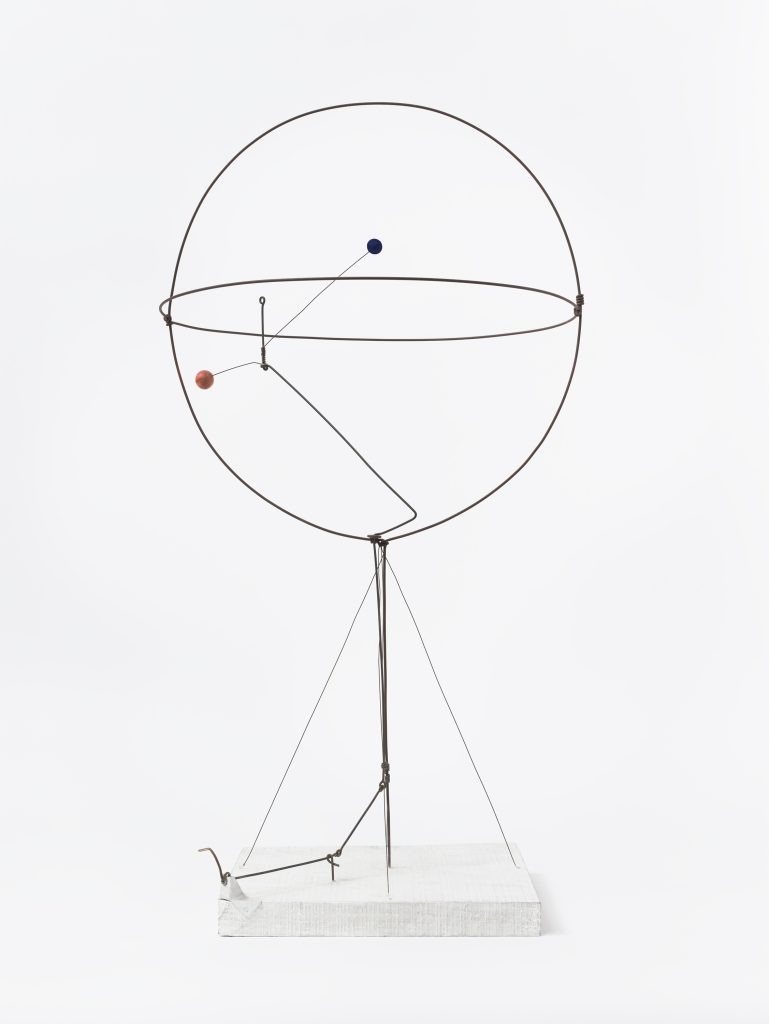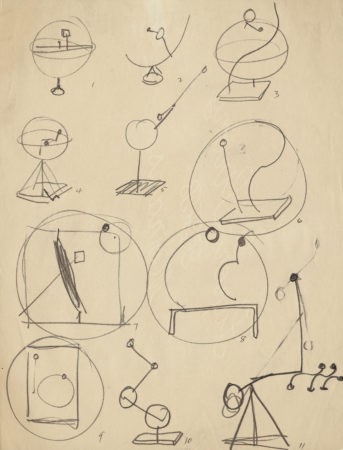


Solomon R. Guggenheim Museum, New York. Alexander Calder: A Retrospective Exhibition. 6 November 1964–31 January 1965.
Solo ExhibitionMusée National d’Art Moderne, Paris. Calder. 8 July–15 October 1965. Originated from the Solomon R. Guggenheim Museum, New York.
Solo ExhibitionNational Gallery of Art, Washington, D.C. Alexander Calder: 1898–1976. 29 March–12 July 1998.
Solo ExhibitionMusée National d’Art Moderne, Centre Georges Pompidou, Paris. Alexander Calder: les années parisiennes 1926–1933. 18 March–20 July 2009. Originated from the Whitney Museum of American Art, New York.
Solo ExhibitionTate Modern, London. Alexander Calder: Performing Sculpture. 11 November 2015–3 April 2016.
Solo ExhibitionFondation Beyeler, Riehen/Basel. Alexander Calder & Fischli/Weiss. 29 May–4 September 2016.
Group ExhibitionFundación Proa, Buenos Aires. Alexander Calder: Theater of Encounters. 8 September 2018–15 January 2019.
Solo ExhibitionPace Gallery, New York. Calder: Small Sphere and Heavy Sphere. 14 September–26 October 2019.
Solo ExhibitionFollowing a visit in October of 1930 to Piet Mondrian’s studio, where he was impressed by the environmental installation, Calder made his first wholly abstract compositions and invented the kinetic sculpture now known as the mobile. Coined for these works by Marcel Duchamp in 1931, the word “mobile” refers to both “motion” and “motive” in French. He also created stationary abstract works that Jean Arp dubbed “stabiles.”